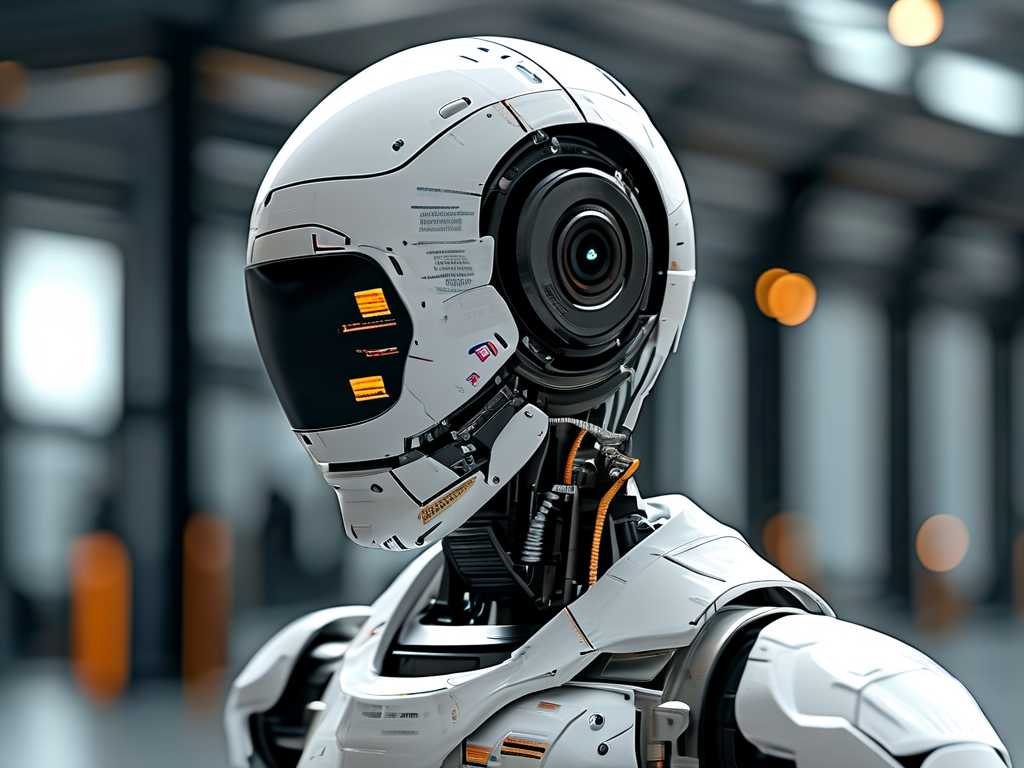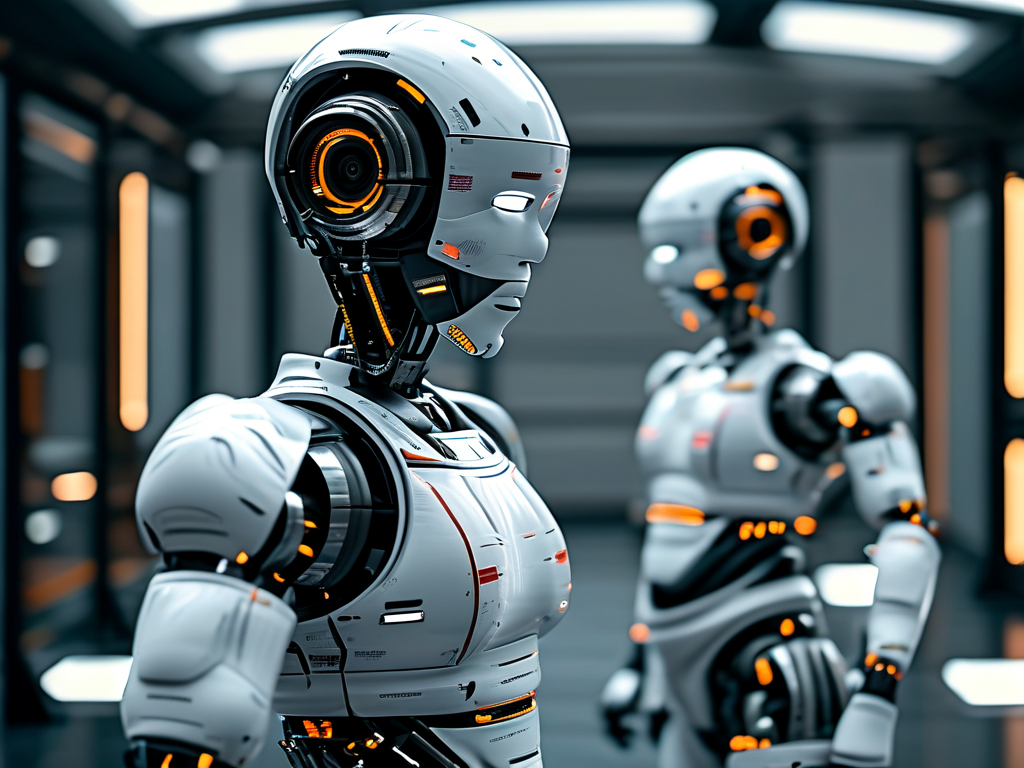The evolution of humanoid robotics represents one of the most ambitious frontiers in modern engineering. Combining principles from mechanical design, artificial intelligence, and biomechanics, these machines aim to replicate human-like movement and cognition. This article explores the foundational technologies driving humanoid robots, their current capabilities, and the challenges researchers face in perfecting their functionality.
Mechanical Architecture and Mobility
At the core of humanoid robotics lies the mechanical framework that enables bipedal locomotion and dexterous manipulation. Engineers draw inspiration from human anatomy to design joint structures, such as rotary actuators mimicking hip and knee movements. Advanced materials like carbon fiber composites and shape-memory alloys are increasingly used to reduce weight while maintaining structural integrity. For instance, the latest prototypes employ hybrid actuator systems combining electric motors with pneumatic components to achieve both precision and force adaptability.
A critical challenge in mobility is balance control. Unlike wheeled robots, humanoid systems must continuously adjust their center of gravity during motion. This requires real-time data processing from inertial measurement units (IMUs) and pressure sensors embedded in robotic feet. Researchers at institutions like MIT and Honda have developed predictive algorithms that anticipate weight shifts milliseconds before physical adjustments occur, significantly improving walking stability on uneven terrain.
Sensory Systems and Environmental Interaction
Humanoid robots rely on multimodal sensory inputs to interact with their surroundings. Vision systems utilizing stereoscopic cameras and LiDAR provide 3D environment mapping, while tactile sensors on fingertips enable object recognition through texture and pressure analysis. Recent breakthroughs in artificial skin technology allow robots like Tesla’s Optimus to detect temperature variations and surface contours with sub-millimeter accuracy.
Auditory processing represents another frontier. Neural network-based speech recognition systems now achieve 95% accuracy in noisy environments, enabling natural conversations between humans and robots. However, challenges persist in contextual understanding—interpreting sarcasm or cultural references remains a hurdle for even the most advanced AI models.

AI-Driven Cognitive Frameworks
The “brain” of a humanoid robot integrates multiple AI subsystems. Reinforcement learning algorithms enable autonomous decision-making, while convolutional neural networks process visual data for object recognition. A notable example is Boston Dynamics’ Atlas, which uses a hierarchical control architecture where high-level task planning interfaces with low-level motion controllers.
One emerging trend is the implementation of neuromorphic computing chips that mimic the human brain’s parallel processing capabilities. These chips, such as Intel’s Loihi 2, consume significantly less power than traditional CPUs while excelling at pattern recognition tasks essential for real-time adaptation.
Energy Efficiency and Power Management
Despite technological advancements, energy consumption remains a critical constraint. Humanoid robots typically require 500-1000W of power during operation—equivalent to running multiple household appliances simultaneously. Innovations in battery technology, including solid-state lithium packs and hydrogen fuel cells, aim to extend operational durations. Some prototypes now incorporate energy-recapture systems that convert kinetic energy from limb movements back into stored electricity.
Ethical Considerations and Future Outlook
As humanoid robots become more lifelike, ethical questions about their societal role intensify. Regulatory bodies are drafting guidelines for safe human-robot collaboration in workplaces, while cybersecurity experts warn about potential vulnerabilities in AI decision-making systems.

Looking ahead, the convergence of quantum computing and biomimetic engineering could revolutionize the field. Researchers predict that by 2035, humanoid robots may achieve 90% of human dexterity and situational awareness, opening new possibilities in healthcare, disaster response, and space exploration.
In , humanoid robotics stands at the intersection of multiple scientific disciplines, pushing the boundaries of what machines can accomplish. While technical hurdles remain, ongoing innovations in materials science, AI, and energy systems continue to bridge the gap between theoretical concepts and practical applications.









